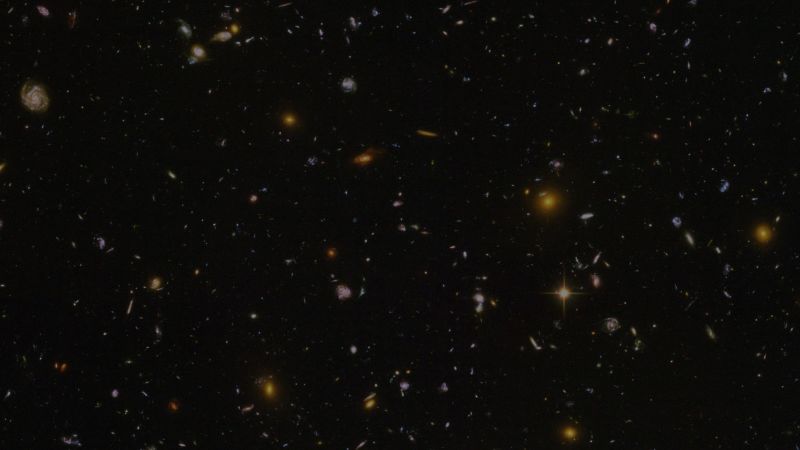Renowned as celestial sights of incredible beauty, the Lyrid meteor shower and the Full Pink Moon are two astronomical occasions that are steeped in wonder and mystery. From understanding their origins to comprehending their cultural significance, this article will delve into the details of these magnificent phenomena that punctuate the cosmos above us.
The Lyrid meteor shower, named after the constellation Lyra, is one of the oldest known meteor showers dating back 2,700 years. Its origin can be traced back to the comet Thatcher, which requires nearly 415 years to orbit the sun. Known for its bright and fast meteors, the Lyrids peak annually around April 22nd, providing the best opportunity for stargazers to witness its spectacle.
On its peak night, the sky’s very own fireworks, the Lyrid meteor shower, offers a breathtaking spectacle of about 15 to 20 meteors per hour. These meteors move at a swift pace, with the most fleeting ones even leaving behind an observable trail known as ‘persistent trains’. These trains can linger for several seconds after the meteor itself has vanished, providing a reverberating treat for those who happen to spy upon them.
While the brilliance of the Lyrid meteor shower captivates the onlooker, another divine sight that graces the sky in the month of April is the Full Pink Moon. Despite its name, the Full Pink Moon doesn’t actually take on a rosy hue. The term pink is rooted in lunar folklore rather than literal color, and is a reference to the pink-hued wildflowers, known as phlox, that blossom in North America during spring. The Full Pink Moon heralds the advent of spring, a symbol of rebirth and renewal.
The Full Pink Moon, the fourth full moon of the year, after the full Worm Moon in March, is one of the twelve full moons that appear every year. This luminous body is not only significant because of its association with the spring season but also because of its position in the night sky. Around the time of the Full Pink Moon, the moon is usually situated higher above the horizon after sunset, hence increasing its visibility.
Observing the Lyrid meteor shower and the Full Pink Moon is a humbling experience. Whether you are using high-tech astronomical instruments or simply lying down on a blanket in your backyard, these cosmic phenomena serve to remind us of the boundless beauty that exists beyond our terrestrial confines. It is vital to note that these events are weather-dependent and can be best viewed in clear, dark places with minimal light pollution.
The Lyrid meteor shower and the Full Pink Moon are more than just cosmic phenomena; they are cultural connectors, linking different generations and communities together. Every year, millions of people around the world take the time to look up to the sky in hopes of catching a glimpse of these awe-inspiring occurrences. It is a shared experience that transcends borders and ignites the human fascination with the cosmos.
In essence, these two celestial events, the Lyrid meteor shower and the Full Pink Moon, are fascinating spectacles that offer rich, timeless tales of space and time. As we take the time to watch the painted sky adorned with the fast, bright Lyrid meteors or the moon imbued with the vibrance of blossoming phlox, we establish deeper connections with the universe and ourselves. This unique spectacle is indeed a testament to the grandeur of the cosmos, an ode to the poetry of the universe, a brushstroke on the canvas of our night sky, and most importantly, a captivating link to our shared human heritage.




